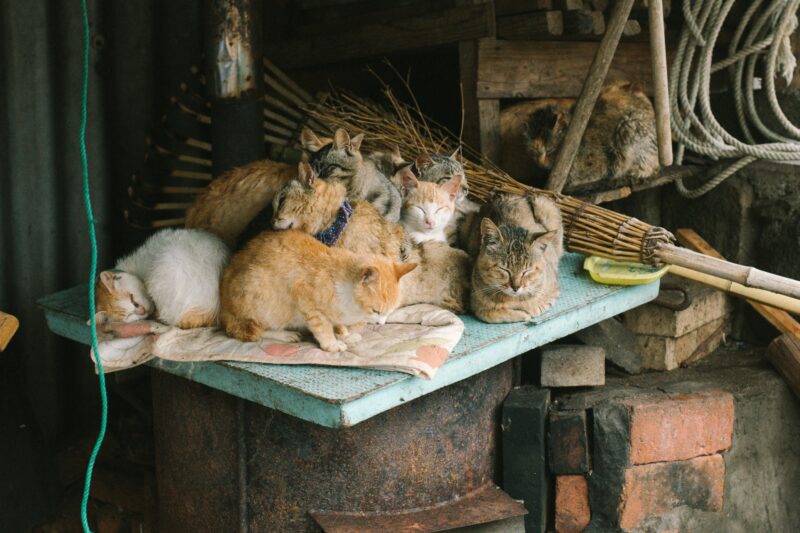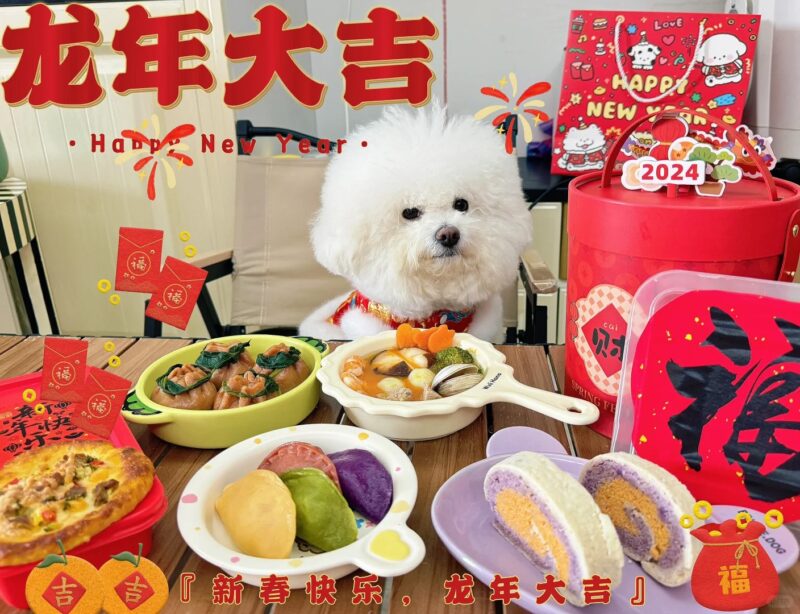In late February, Huiyuan, one of China’s best-known juice makers, teased a limited-edition item: coriander juice. Before people were able to process the shock, Pizza Hut released its second coriander-flavoured pizza topped with century eggs, as well as a coriander lemonade.
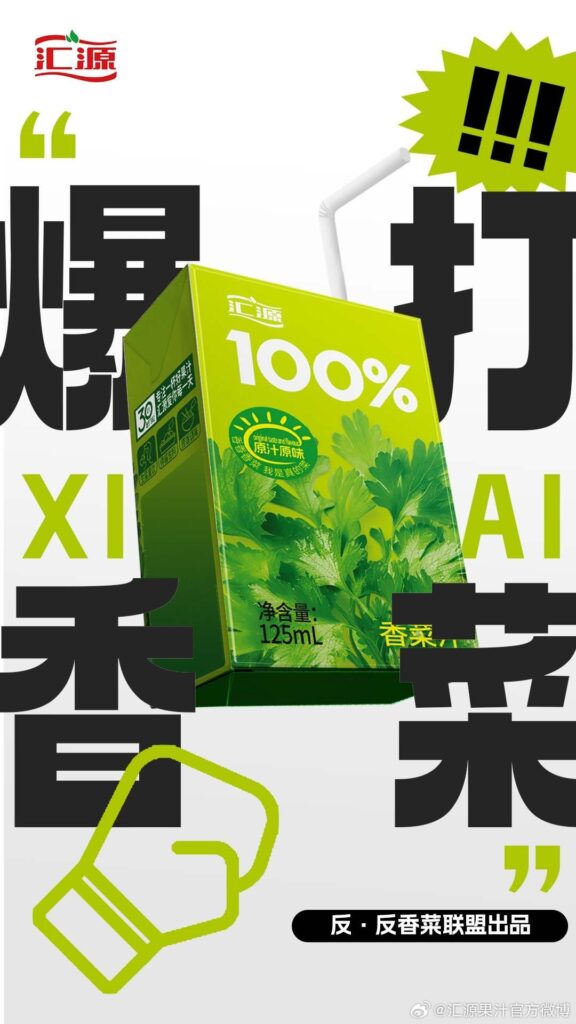
Love it or hate it, coriander is one of those things that gets talked about whenever it pops up on social media. 24 February is the annual ‘International I Hate Coriander Day’ (IIHC Day). Since 2022, it has become a day when brands try to leverage the topical power of the herb in China. But how exactly did its meme-like popularity come to be?
The IIHC Day has become a day when brands try to leverage the topical power of the herb in China
Coriander, also called cilantro in some regions, is an aromatic herb that usually appears in Asian, Latin American and some European cuisines. However, the unique fragrance and taste mean that some people have an intense dislike for it. Research shows it is likely genetic, as the variation of a specific gene called OR6A2 in humans causes different reactions to the smell and taste of the plant.
When did it start?
IIHC Day, on the other hand, originated in 2013 when a group on Facebook called “I Hate Coriander” decided to set aside a day to commemorate their mutual dislike for the herb. The group, which at one point had 200,000 members from all over the world, then decided on the date.

In China, things followed at a slower pace. According to DT Business Observer, although coriander-flavoured products existed here and there, and as early as the Jo Malone perfumes in 2016, 2020 was the year that coriander became popular on social media. However, it was mostly about celebrities’ partiality to the herb, including actor and singer Wang Yibo.
In August 2020, dairy giant Yili’s yoghurt brand Ambrosial launched a coriander yoghurt in celebration of its brand ambassador Wang’s birthday. On Weibo, China’s Twitter equivalent, the topic “Coriander-flavoured yoghurt” (#香菜味酸奶#) gained 230 million views in just 1.5 days. Snack brands Oishi and Laiyifen released coriander-flavoured crisps and crackers respectively, because Wang was also their brand ambassador.
Both the delay and the explosive interest are, ironically perhaps due to the prevalence of the herb in Chinese cuisines
It wasn’t until 2022, that brands started to use IIHC Day to market their time-limited coriander-flavoured products. Both the delay and the explosive interest are, ironically perhaps due to the prevalence of the herb in Chinese cuisines.
Who did what?
An early adoptee of the IIHC Day was McDonald’s, and the fast-food chain released its limited-edition coriander sundae in February 2022. In the time limited release which lasted only 6 days, views of the tag “McDonald’s Coriander Sundae” reached 2.15 million on the lifestyle platform Xiaohongshu (RED).
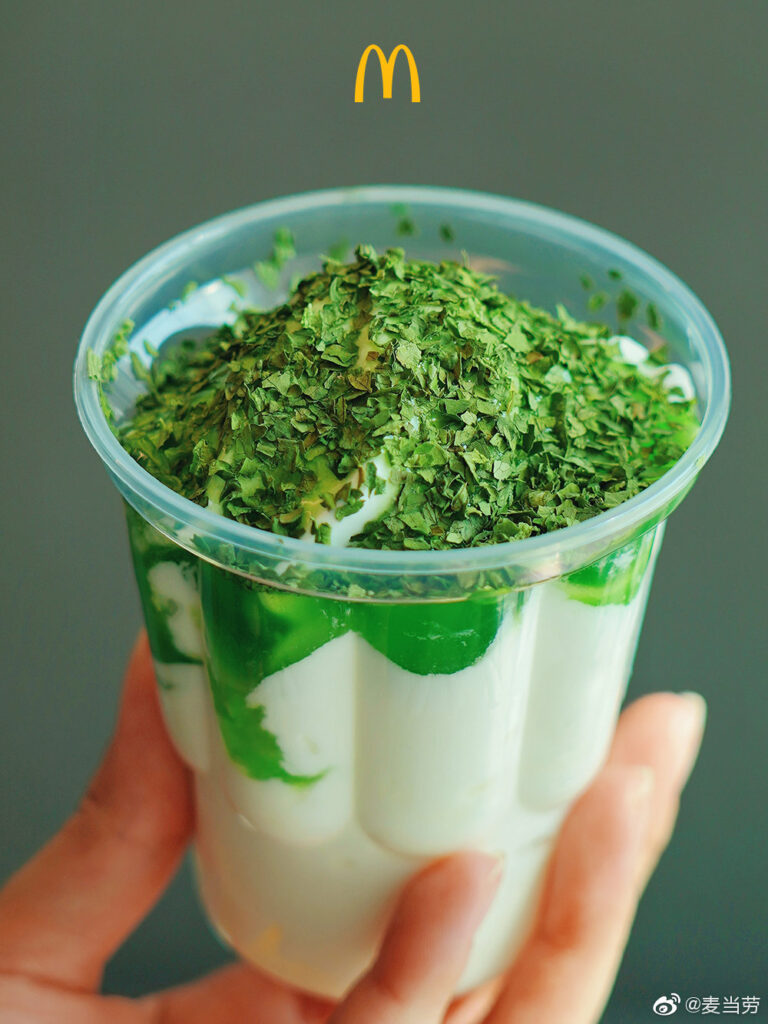
Although the IIHC Day (#世界讨厌香菜日#) made it to number 15 on the Hot Search list on Weibo, with over 300 million views, not all coriander-related campaigns are connected to the day. In May 2023, Baixiang released a coriander instant noodle. It boasts the ultimate coriander experience with 5 whole-plants-worth of the herb put in, from the herb’s juice in the noodle itself to freeze-dried whole coriander. The release was a co-creation between the noodle maker and Douyin, TikTok’s Chinese sister app. Naturally, the noodle came with viral topics that invite content creation. Douyin influencers joined in while the brand launched a one-day-only offline pop-up restaurant in Guangzhou.
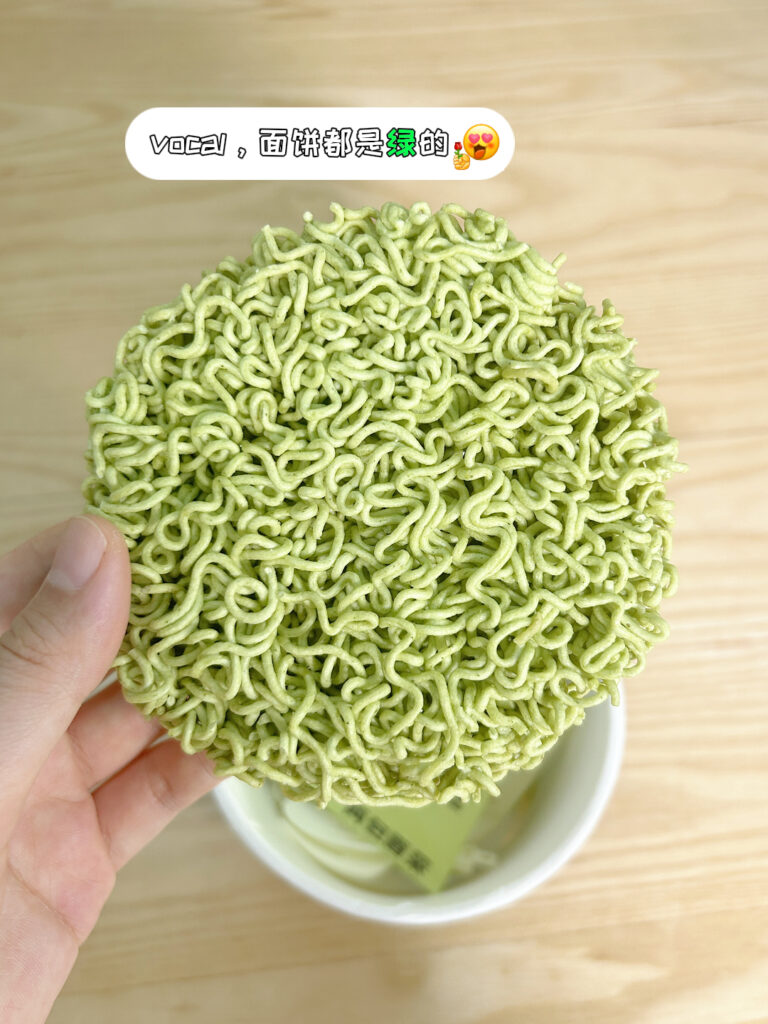
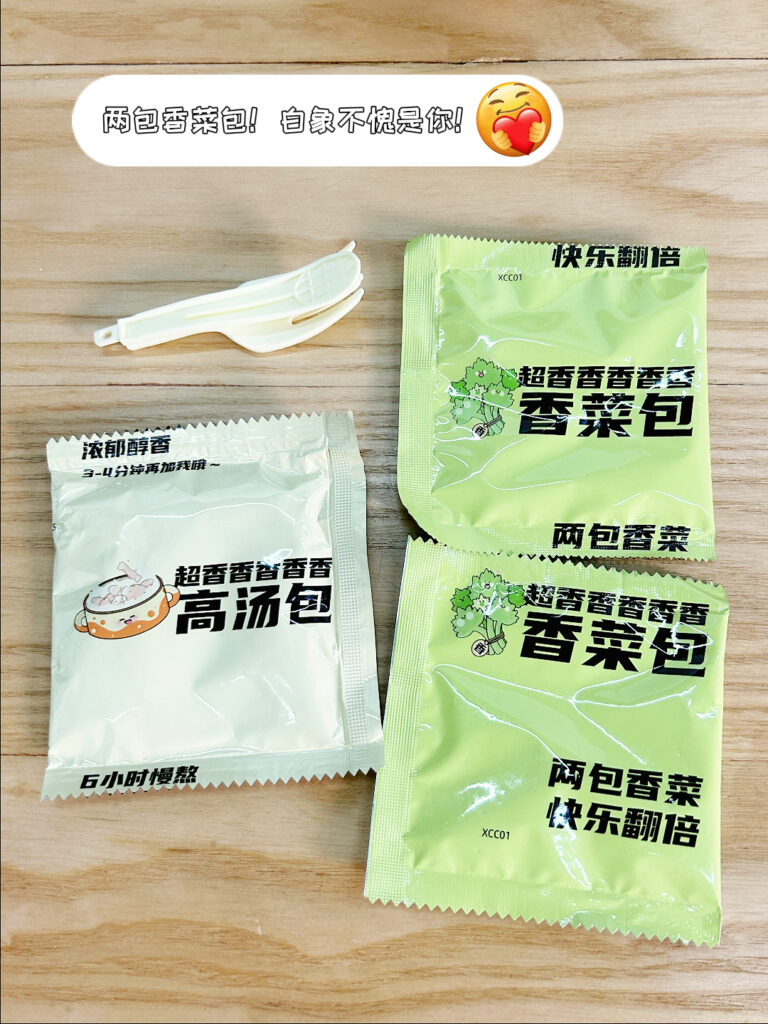
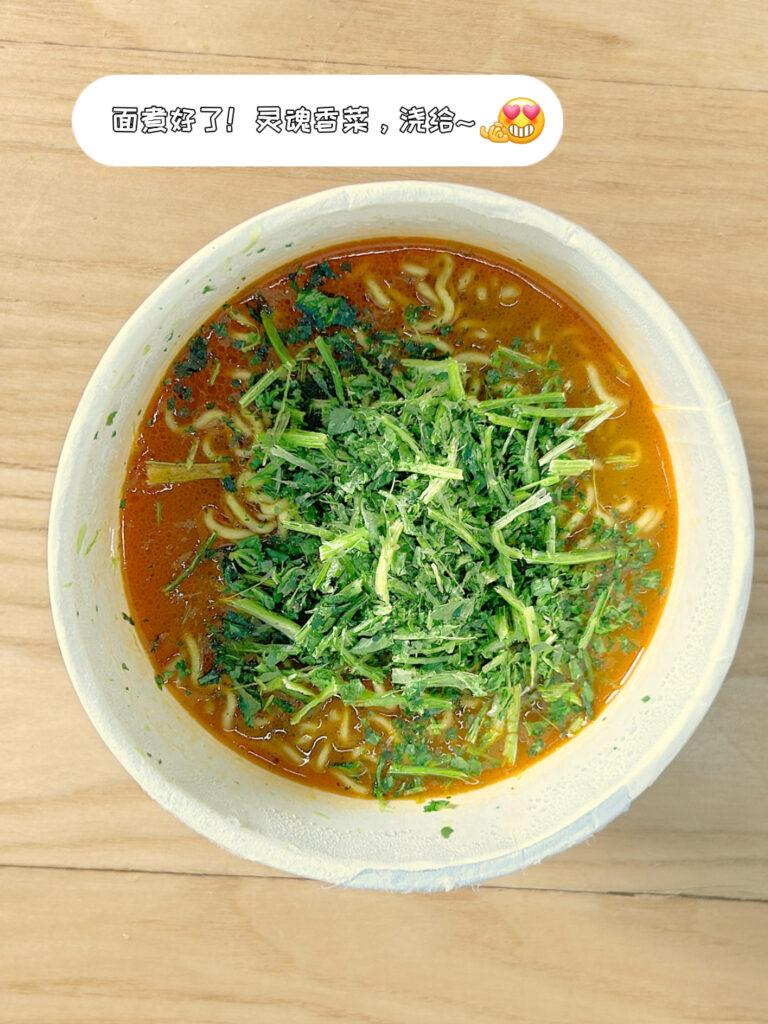
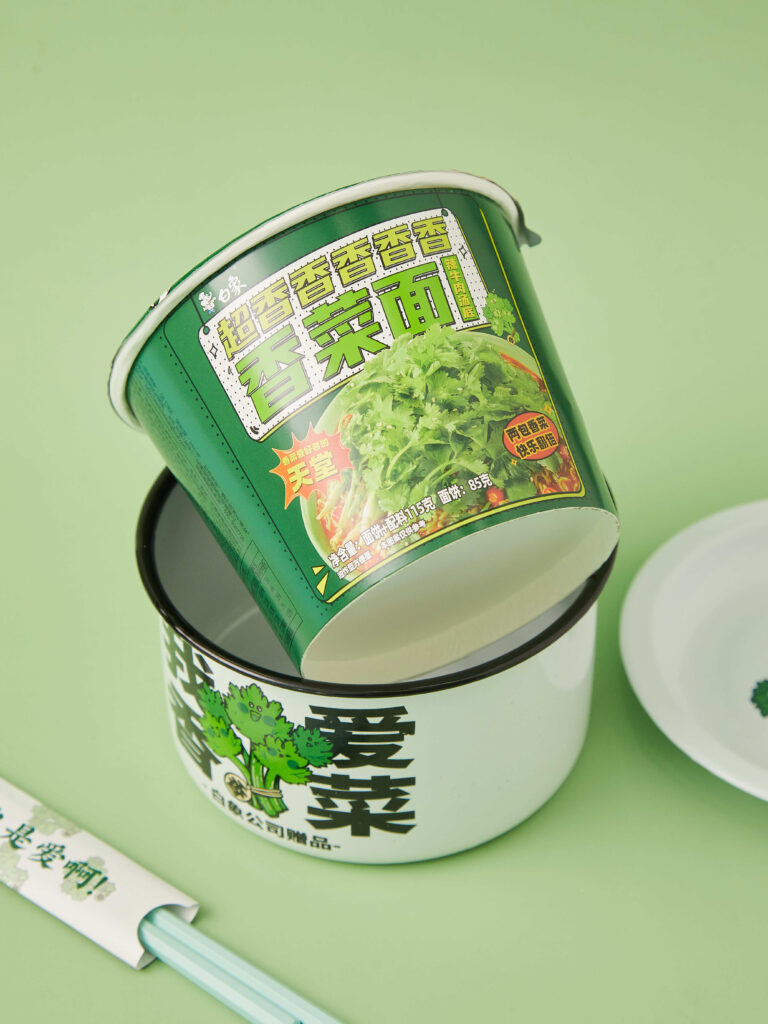
Pizza Hut’s first coriander pizza came out last October. It was a pig’s ear coriander pizza. Both sliced pig’s ear and century eggs are popular in Chinese salads, where coriander is one of the commonly used garnishes. Although both toppings sound outrageous at first, Pizza Hut did have clear culinary logic when coming up with the recipes. However, some netizens complained that they love coriander but cannot stand century eggs.

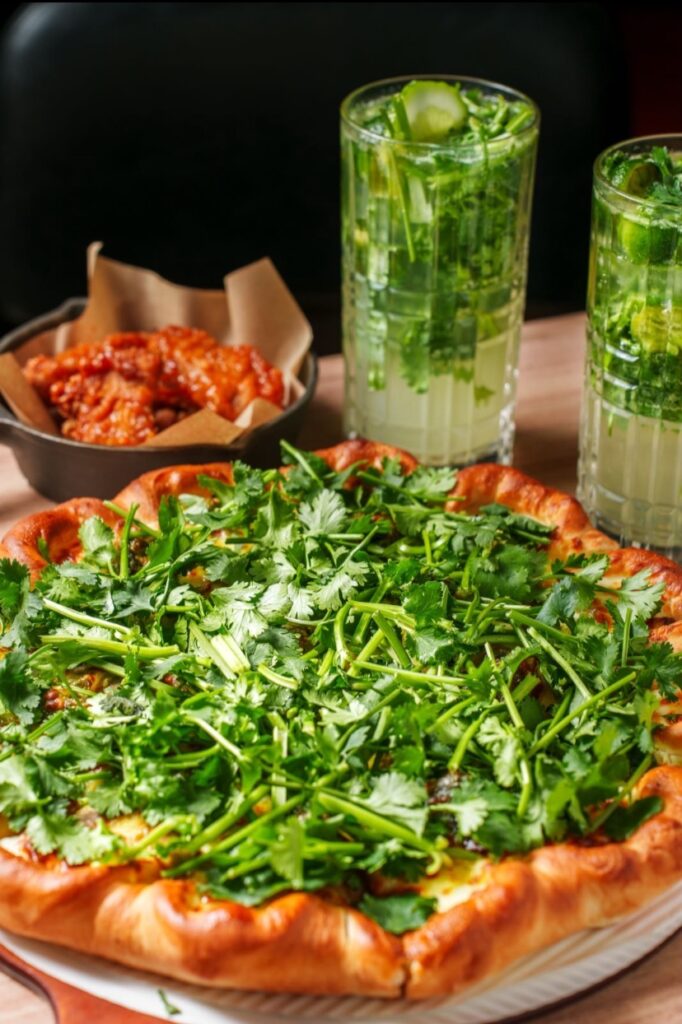

All this aside, Huiyuan’s coriander juice will be released in late March or early April this year, because that will be the optimal season for juicing the herb.
How can brands leverage controversial flavours?
There are two types of controversial flavours. One is the type that is so innovative and unconventional, that you could imagine the taste, such as the Dongpo pork latte Starbucks released to celebrate the Chinese New Year in January This type of unlikely combination usually focuses on the shock value of the out-of-the-ordinary combination, but the final result might not be well-received beyond being a novelty product.
The other type, to which coriander belongs, is to divide opinions. Some topics, such as South-North differences almost always stir up heated discussions. Dumplings or tangyuan rice balls to celebrate the winter solstice and the Lidong solar term is one of the classics that resurfaced this year. Coriander, due to the genetic divide, will always have crowds for and against it. With the controversy built into us on a molecular level, such topics can almost guarantee engagement.
With the controversy built into us on a molecular level, such topics can almost guarantee engagement
Of course, recent coriander products have incorporated the treatment of the first type in recent years to keep the element of surprise. Limited editions that sell out quickly, influencers and pop-up events will also help to attract engagement. Also, like in collaborations, innovative flavours need to be accepted by most people to succeed, which both the McDonald’s sundae and Pizza Hut’s pizza achieved. For inspiration, brands are also experimenting with other ingredients that attract controversy, such as the zhe’ergen herb, or chameleon plant (Houttuynia Cordata, also called fish mint) or douzhi, the spoiled-smelling mung bean milk of Beijing. However, they are not as well-known as coriander, nor is the divide as intrinsic as the genetic variation, and some are objectively awful.
These efforts might end up being just another novelty product. That can be enough if a viral discussion is the only thing a brand needed, but creativity to create an enjoyable (at least for some) product may help sustain the interest. For this very reason, Pizza Hut was able to launch two coriander pizzas four months apart. The best outcome for brands should be creating a novelty product that stays on as a seasonal staple, like the pumpkin spice latte from Starbucks





